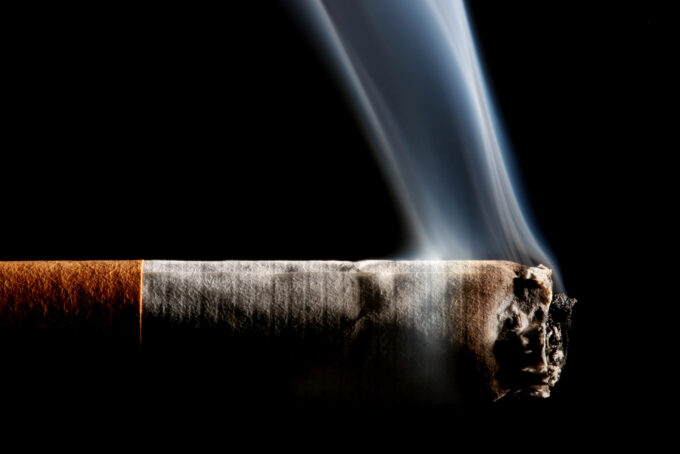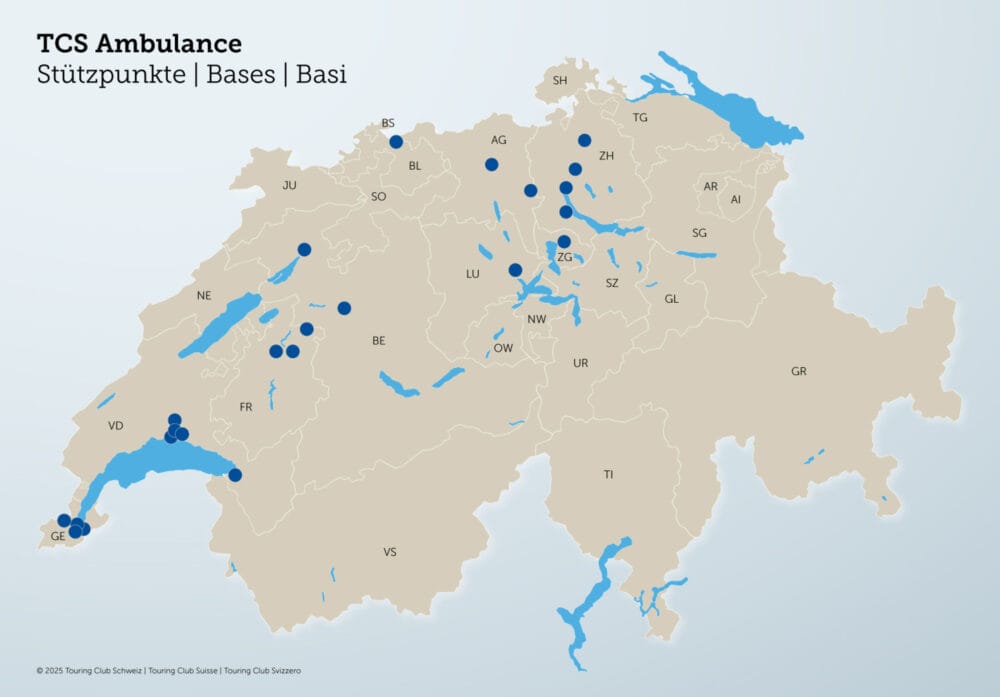Safe handling of liquefied petroleum gas: legislation adapted
From April 1, the measures regulating storage and use with liquefied gases will be mapped in a single EKAS guideline. This will make the regulations for the prevention of accidents binding.

A specific legal basis is required for the manufacture, operation and maintenance of liquefied gas installations, which are currently regulated in guidelines issued by the Federal Coordination Commission for Occupational Safety (EKAS) and Suva. At its meeting on February 22, 2017, the Federal Council approved the corresponding amendment to the Ordinance on the Prevention of Accidents and Occupational Diseases (VUV). The new provisions will enter into force on April 1, 2017.
Protection of people, goods and the environment
Liquid gases such as propane, butane and their mixtures are mainly used for heating, cooking or as fuels. Currently, the measures regulating their use and storage are laid down in three EKAS guidelines and one Suva guideline: EKAS Guidelines No. 1941 ("Liquefied Petroleum Gas, Part 1, Containers, Storage, Handling and Filling"), No. 1942 ("Liquefied Petroleum Gas, Part 2, Use of Liquefied Petroleum Gas in Household, Commercial and Industrial Applications"), Suva Guideline No. 2151 ("Liquefied Petroleum Gas Guidelines, Part III, Use of Liquefied Petroleum Gas on Vehicles" and EKAS Guideline No. 2388 ("Liquefied Petroleum Gas, Part 4, Use of Liquefied Petroleum Gas on Ships").
These guidelines are intended to protect people, goods and the environment. However, they are still drafted according to the old regulatory model and make no direct reference to the higher-level regulatory law. In addition, they do not yet correspond in part to the amended EU law and the current technical development.
Create legal basis
Now these measures will be combined in a single EKAS guideline and the necessary legal basis will be created. To prevent accidents, the regulations on the construction, maintenance and inspection of liquid gas installations will become binding with the amendment to the VUV. The amendment also makes it possible to adapt the legal basis to technical developments.
The VUV will be supplemented with a new Article 32c - Liquid gas installations. The parts of the directives that do not concern employee protection are transferred to the Road Traffic Act (Art. 49 a) and the Inland Navigation Act (Art. 129). The scope of application is thus not extended, but only the legal basis is (also) anchored in the VTS and in the BSV.
The exact changes can be found on the Topic website liquid gas of the BAG can be viewed.









